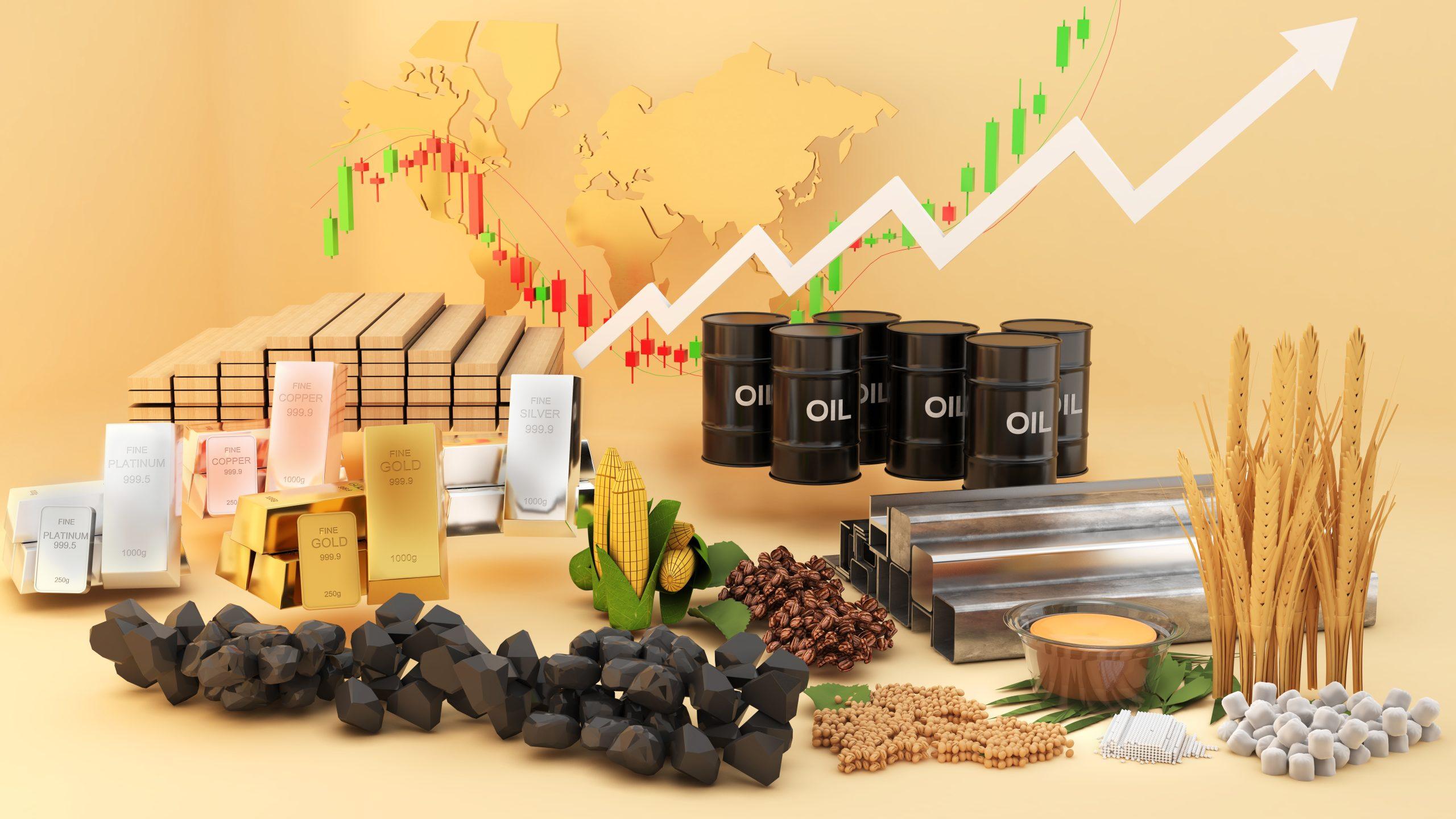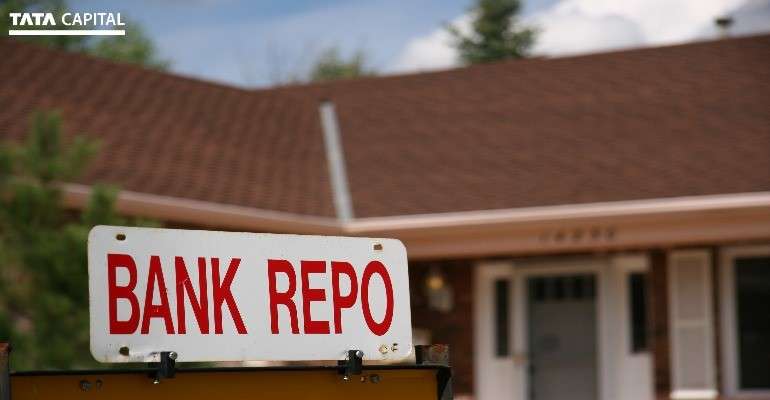Prices of raw materials like oil, gas, and metals often change suddenly. This unpredictability makes it hard for businesses to plan their costs, especially those that rely heavily on these commodities. A sudden spike in oil prices can reduce an airline's profit margins, while falling metal prices can disrupt a mining company's revenue. To handle such swings, businesses turn to tools like commodity swaps. To learn more about commodity swap meaning, its benefits, and commodity swap examples, read on.
What is a Commodity Swap?
A commodity swap is a contract where two parties agree to exchange cash flows linked to the price of a specific commodity. These swaps are mainly used to lock in future prices of goods like oil, natural gas, metals, or agricultural produce.
Types of Commodity Swaps
Here are the main types of commodity swaps:
- Fixed-for-floating swap
One party pays a fixed price, while the other pays an amount tied to market prices. This is the most common type and is used to guard against price volatility or lock-in profits.
- Floating-for-floating swap
Both parties agree to pay floating prices, but each is based on a different benchmark. It could involve the same commodity priced under different indices or two different commodities.
- Fixed-for-fixed swap
Less common, this type involves both parties paying fixed prices. It is used in special cases where both sides want full certainty over future cash flows.
- Commodity-for-interest rate swap
In this case, one party's payment is based on a commodity's price, and the other's is linked to an interest rate. This setup is used when managing both commodity and interest rate risks.
Benefits of Commodity Swap
Here are some of the key benefits-
- Price stability
Commodity swaps reduce the risk of sudden price hikes. This makes budgeting simpler for businesses like sugar mills, refineries, and food producers.
- Speculation opportunities
Traders can use swaps to profit from price changes without actually holding the physical goods. This allows market participation with less capital.
- Customisation
Since most swaps are over-the-counter deals, terms can be customised. Businesses can choose the commodity, volume, and duration that fits their needs.
- Lower costs
Since there's no physical delivery involved, the costs involved in a commodity swap are often lower than those in futures contracts.
To End
Commodity swaps offer a smart way to reduce the impact of price swings in raw materials. While not risk-free, they provide a way to bring stability to business costs.
To explore more investment opportunities with expert guidance, visit the Tata Capital Moneyfy website or download our app today!
Popular Searches
Learn Center
Mutual Fund Investment
Calculators
FAQs
An airline may use a swap to fix jet fuel prices for the year. This helps manage its fuel costs and plan ahead, even if fuel prices rise sharply.
A commodity swap involves ongoing cash flow exchanges based on fixed and market prices. A forward is a one-time deal to buy or sell at a set price in the future.
Types of commodity swaps include fixed-for-floating, floating-for-floating, fixed-for-fixed, and commodity-for-interest rate swaps. Each type helps manage different forms of risk.
 3 mins read
3 mins read
 Previous Post
Previous Post



















